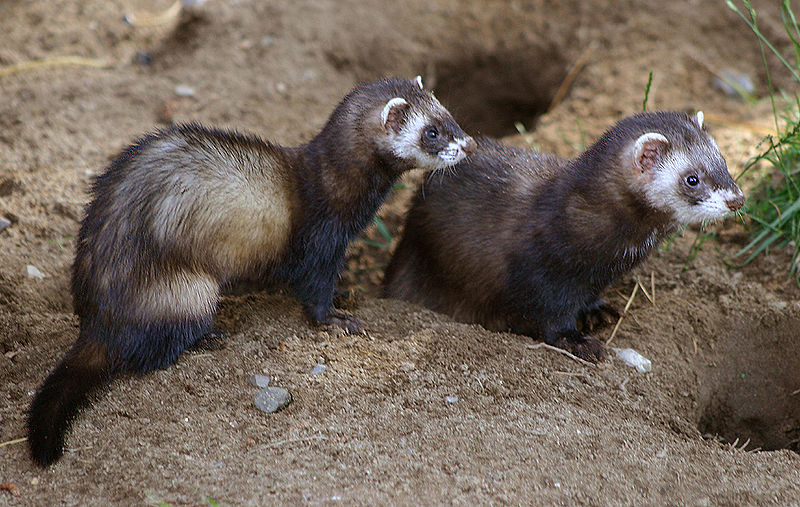 Ferrets seem so “mainstream” these days that it’s easy to forget their unusual natural and “unnatural” history. Please read on…
Ferrets seem so “mainstream” these days that it’s easy to forget their unusual natural and “unnatural” history. Please read on…
Classification: Just What Exactly is a Ferret?
The domestic ferret is classified in the order Carnivora, family Mustelidae, along with 75+ species of weasels, otters, skunks, badgers, wolverines and related animals.
Ranging in size from the least weasel (which, at 2.5 ounces in weight, is the world’s smallest carnivore) to the 7-foot-long, 100 pound Giant Otter, the family Mustelidae includes familiar animals such as skunks and sea otters as well as the little-studied Chinese Ferret-Badgers and tayras. Read More »
 That Pet Blog That Pet Place Pet Blog
That Pet Blog That Pet Place Pet Blog
